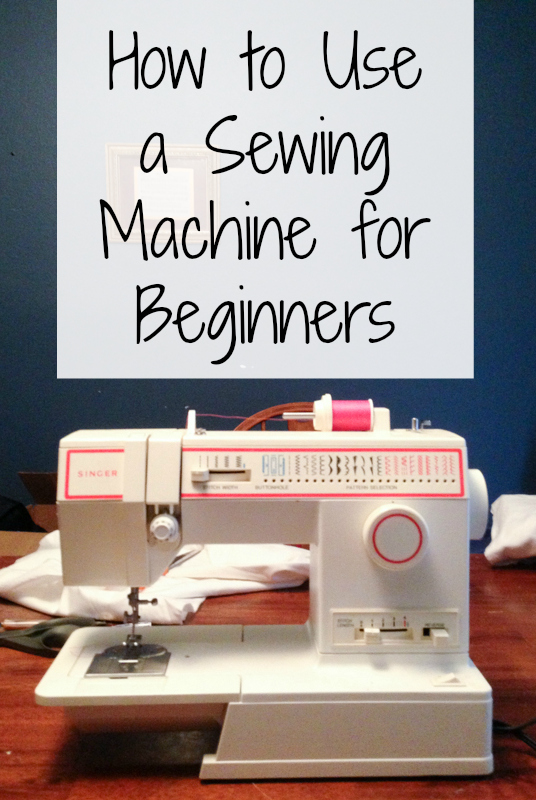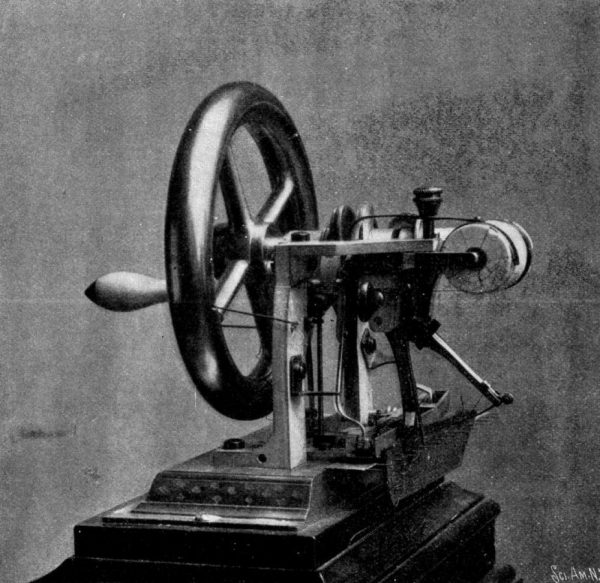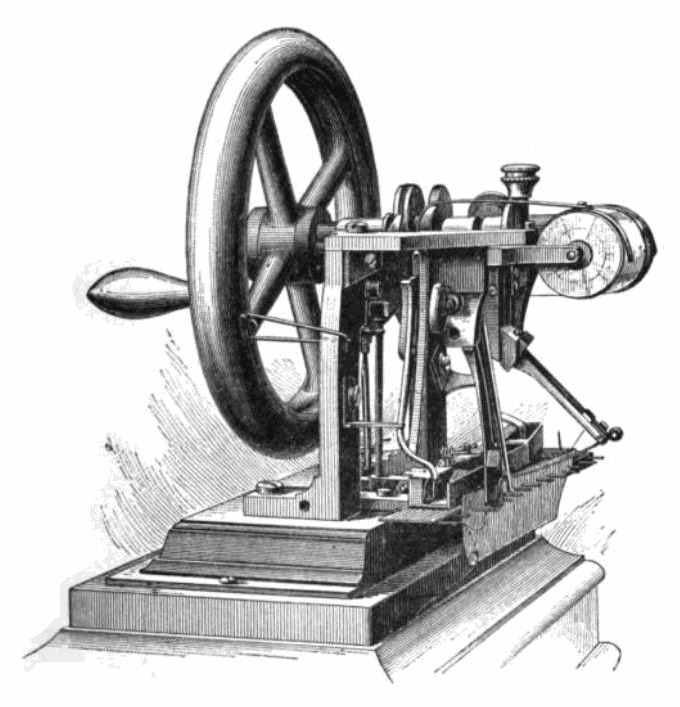This is done to ensure that the fabric won’t bunch out unevenly after being washed and dried at the first time. Cotton fabrics tend to shrink out when they are washed for the first time. Supposing that you sew a patch before washing the fabric, the patch will definitely shrink out thus bunching it.
Also, it is advisable to first iron the fabric at the place where the patch will be placed before sewing. The reason for this is that it eliminates any wrinkles. If you happen to sew without ironing, then the wrinkles will become permanent.

Go for a thread and a needle
Contents
You need to select a thread that it’s the color of the fabric you are about to sew, or the color of the patch to be sown. If a thread of the same color is not available, then look for one that is darker and resembles the color of the patch and fabric. If you find that there is no match at all, then use a clear thread for the purpose of making it a little or no visible.
Place the patch at the proper placement
The patch is to be placed at the exact area where it will be sown. For instance, if you were to sew a patch with an American flag, you will put it on the sleeve or at the shoulder, in that it faces the correct direction.
After positioning it in the correct place, hold the patch with safety pins. It is advisable to consult someone if it is placed correctly. Be cautious when wearing the cloth with pins so that they don’t prick your skin. Another reason why you need to wear the cloth is that by doing so, you will get to know how the patch will look like on it before sewing.
Protect the patch before starting to sew
This is one with the use of safety pins as explained above. If there are no pins available, use adhesive cloth tape to hold the patch on the fabric. Actually, the adhesive tape is more advantageous than the safety pins due to the sticking in place when doing the sewing process, and also being sure of no pin poking you when sewing. In this case, you will have to cut the tape to correct measurements, followed by placing the patch on it and ironing it.
Get a thread and cut it to size
If you are one of those who don’t know how to sew, it is better to begin with a thread that is not more than 18 inches (45 cm) long. This is because a long thread will easily tangle and give hard times while sewing. You can also leave cutting the thread and letting it be on the spool. Doing this will assist to preventing the tangling of the thread. Also this will be of help in eliminating the possibility of having the thread getting finished while sewing.
Put the thread in the needle followed by tying a not at the far end of the thread. If you find hard times in threading a needle, you may use a threading tool to make your work easier. And if there is no threading tool, you will need to wet the thread with some saliva to act as an adhesive for placing strands of the thread together. This will easily let you put the thread through the needle’s eye.
Start threading the patch while placed on the fabric. You should begin on the inside of the fabric and that the needle to poke out of the fabric and through the patch. The reason as to why you need to begin from the inside of the fabric is that the knot you made won’t be from the outside to be visible. To do this, begin by poking the needle from the inside outwards.
Start sewing using a straight stitch pattern. The needle should run through the complete fabric like 1/4” commencing at the place you first poked it out from the inside outward. Actually, doing a straight stitch is far much easier and fast method to sew a patch on the fabric. This frees you from a complex stitch pattern if you had to iron your patch on the fabric. Another advantage of the straight stitch is that its visibility will be less.
Carry on with the patch stitching. Advance with a direct and straight stitch till you make sure you have covered all the patch perimeter. Make sure you end at the place you began stitching. Always remember that a good sewing is essential so take your time in doing it and ensuring that all weaves you make look even to each other.
Make a knot on the thread. Once you are done with stitching all-round the patch edge, make a loop on the thread and get out the needle to make a well tied and tight knot. Finish by cutting the thread ends which are hanging after you have made a knot, followed by tucking the thread under the patch.





